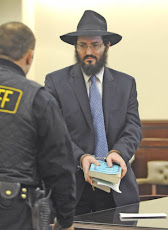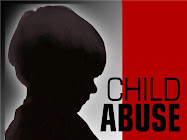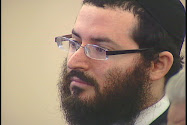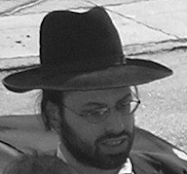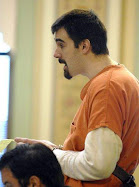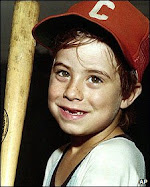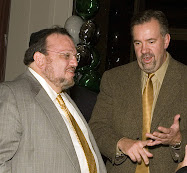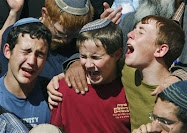What's in the mind of a child killer?

It’s possible that Levi Aron, 35, the Kensington man accused of killing 8-year-old Leiby Kletzky, might be severely mentally ill or have a personality disorder. But “most of us gravitate to thinking that this fellow was a pedophile,” who allegedly killed the child for sexual excitement or to prevent him from telling anyone about a sexual assault, said N.G. Berrill, director of New York Forensic, a behavioral science consultant group.
Aron reportedly told cops he killed the boy in a panic, but that explanation didn’t wash with experts.
“That’s an after-the-fact statement offenders make,” to obscure actual motives, said Stanton Samenow, author of “Inside the Criminal Mind.” “There may have been sexual interest and there are very high odds there was sexual contact,” Samenow said.
Sometimes “there is sexual gratification in the dismemberment itself,” added Louis Schlesinger, a professor of forensic psychology at John Jay College and author of “Sexual Murder: Catathymic and Compulsive Homicide.”
The boy’s feet may have been kept as some sort of “trophy” or “prize,” possibly to be used for sexual gratification at a later time, Berrill added.
Rarely do such crimes occur out of the blue, nor are they out of character, said Samenow. While little is known at this point about the suspect, Samenow said that forensic investigations usually reveal a history of atypical, antisocial behaviors which may include deviant sexual interests, an extensive fantasy life, the need to control others, an inability to get along with peers or to respond in a constructive way to life’s challenges, and a track record of intimidating, deceptive, and even violent behavior.
Aron may have been abused himself, added Berrill, explaining that for some victims, committing violent acts is a way for them to “relive the experience” of their own childhoods but in the role of the aggressor.
But no history of abuse can justify the murder of an innocent child.
“People who commit terrible crimes come from all walks of life. It’s not the environment that makes them violent, but the way they respond and the way they think,” Samenow said. “Typically, these people who have a brother or sister who grew up in the same environment, but who do not rush out and kill eight-year-olds,” he added.
The Kletzky murder rivets the attention of all New York in part because stranger abductions of children are “enormously, enormously rare,” in the words of Schlesinger. And they are almost inconceivable in the Orthodox community, which is believed by researchers to have lower rates of substance abuse and violence than society at large.
Parents need not put their children on lock-down out of fear for their safety, Schlesinger stressed, noting the Casey Anthony case is more representative of most child murders.
“The typical person who kills a child is the child’s mother, father, step father or another member of the family,” Schlesinger said.
=========================================================================
The Accused Killer in His Own Words
Read a partial transcript of the confession that police say Levi Aron gave during questioning





























































